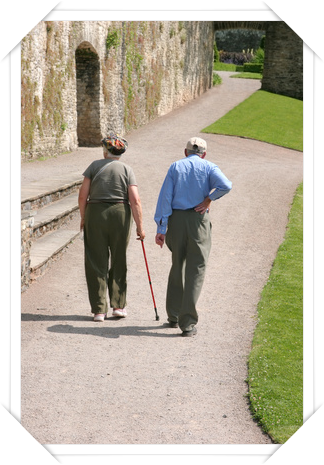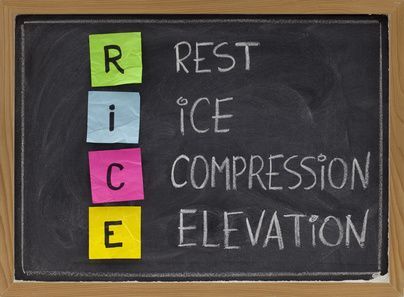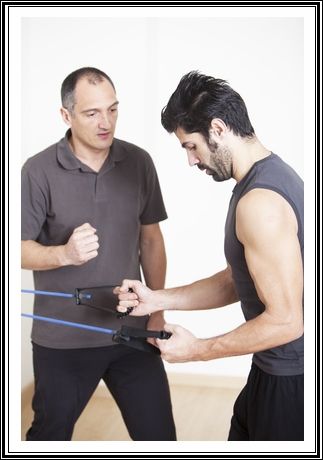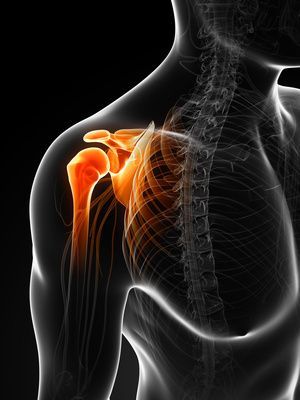 Frozen shoulder, also known as adhesive capsulitis
, is a condition that restricts mobility in the affected arm. A healthy shoulder joint has a greater range of motion than any other joint in the human body. In this condition, the capsule around the shoulder joint becomes inflamed, scarred, thickened, or contracted, forming scar tissue and causing stiffness in the shoulder joint.
Frozen shoulder, also known as adhesive capsulitis
, is a condition that restricts mobility in the affected arm. A healthy shoulder joint has a greater range of motion than any other joint in the human body. In this condition, the capsule around the shoulder joint becomes inflamed, scarred, thickened, or contracted, forming scar tissue and causing stiffness in the shoulder joint.
Even though trauma can sometimes lead to frozen shoulder, the cause is largely unknown.
Known causes or risk factors for frozen shoulder include:
- Age and Gender – Frozen shoulder typically occurs in patients who are 40-60 years of age and for reasons still unknown, is twice as likely to occur in women than men.
- Diabetes – Endocrine disorders (diabetes and thyroid issues) are a leading cause of frozen shoulder.
- Shoulder surgery – Patients who undergo shoulder, chest, or breast surgery are at risk for developing frozen shoulder. This is especially true for patients whose recovery process includes long periods of immobilizing the shoulder joint.
- Systemic diseases – Conditions like heart disease and Parkinson’s disease have been linked to frozen shoulder.
Typical symptoms of frozen shoulder are:
- Dull, aching shoulder pain
- The inability to move your shoulder in a wide range of motion
- Difficulty with common everyday activities such as getting dressed or putting on glasses.
- Pain when sleeping or otherwise applying pressure to the affected shoulder.
If you suspect frozen shoulder, schedule a visit with your medical practitioner. A physical examination and x-rays may be warranted to determine the extent of involvement.

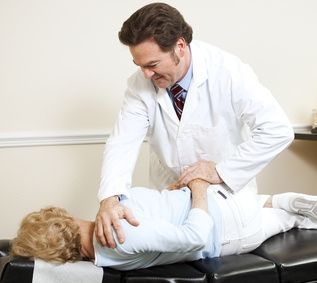 Stage 1
: Usually lasts between 6-12 weeks, is by far the most painful, but also the shortest stage of frozen shoulder. While you will notice restricted motion in this stage, your shoulder won’t be nearly as ‘stiff’ as during the second stage.
Stage 1
: Usually lasts between 6-12 weeks, is by far the most painful, but also the shortest stage of frozen shoulder. While you will notice restricted motion in this stage, your shoulder won’t be nearly as ‘stiff’ as during the second stage.
